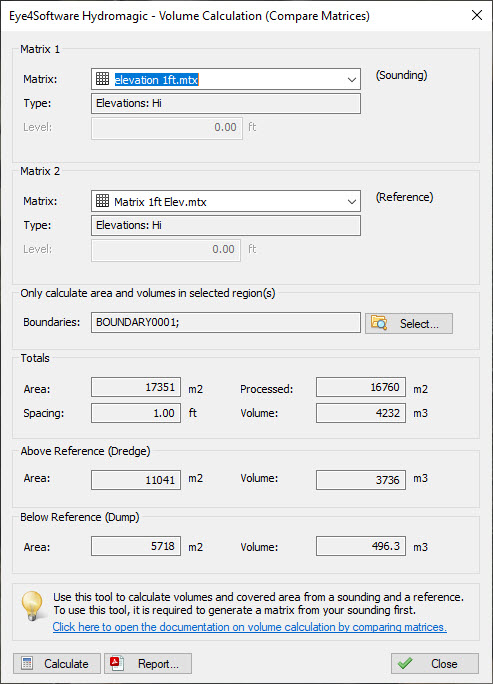East Coast USA construction firm Bearing Construction are supporting a large industrial food processing site with wastewater infrastructure construction and maintenance. As part of their on-site services, Bearing can deploy their in-house CEE-USV to monitor the accumulation (or removal) of wastewater sludge in the retention / treatment lagoons. An initial survey was conducted in 2023 and the sludge level was accurately surveyed. Water level elevations were measured using a robotic total station, followed by a high-density single beam hydrographic survey conducted using the CEE-USV. Eye4Software was used for the mission planning, data acquisition and post processing.
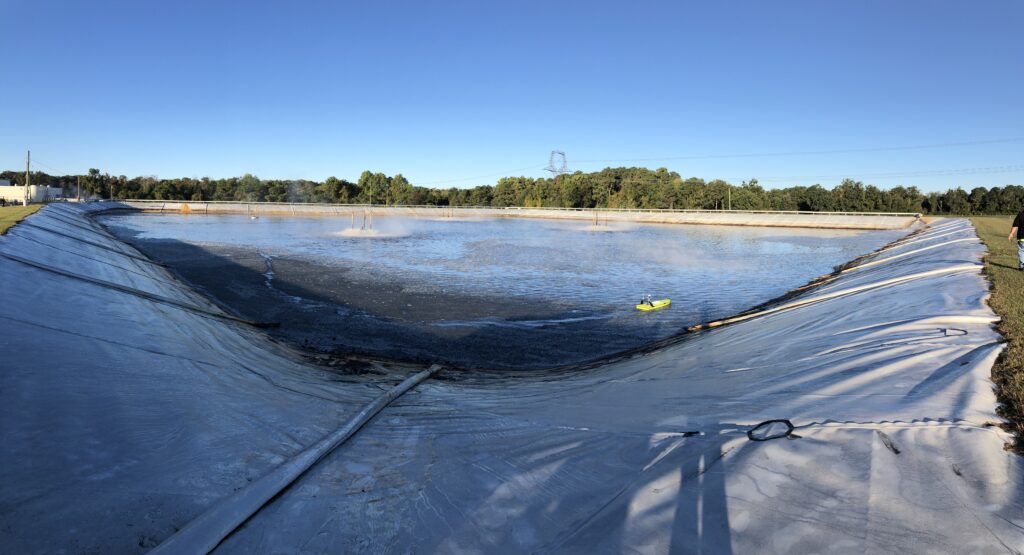
The first survey showed the accumulation of sludge close to the wastewater inlet location.
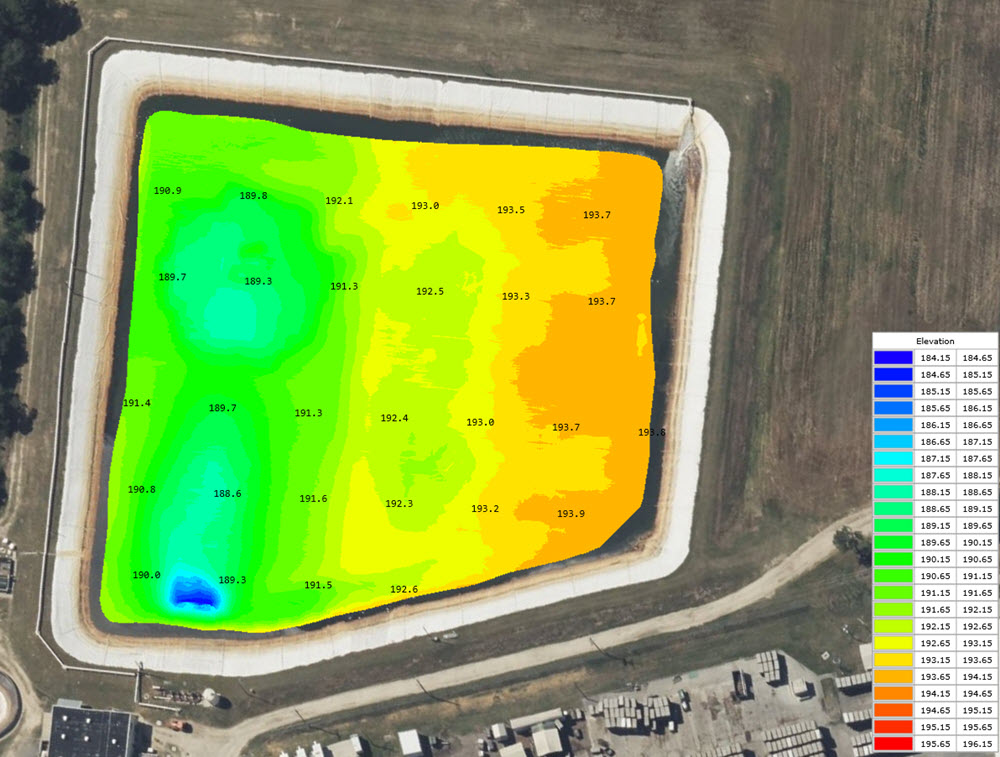
The follow up survey about two years later showed a change in the sludge elevation across the lagoon. In addition to a substantial buildup on the inlet side, sludge levels also dropped close to the aerators – maybe as a result of increased aerator agitation.
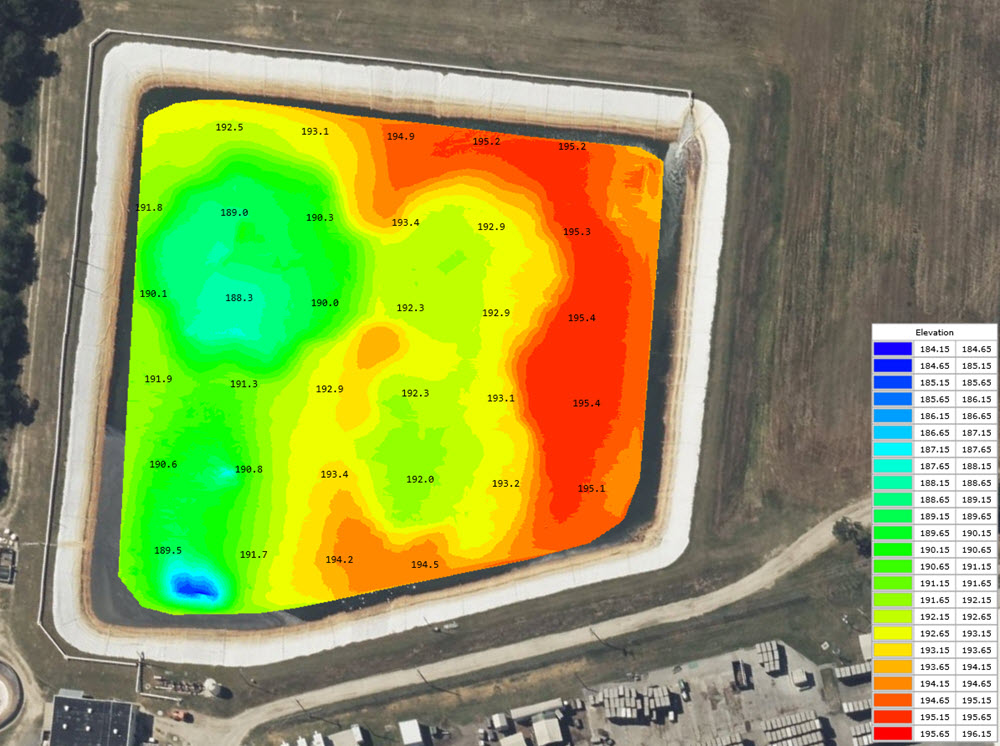
The Hydromagic software package is able to compare survey matrices to determine the total buildup or removal of sludge compared to the initial reference level. This delta matrix clearly depicts the sludge changes over time and shows that the three active aerators are associated with a decrease in the sludge level. A larger sludge accumulation is seen in the lower velocity regions – including where one aerator is out of service.
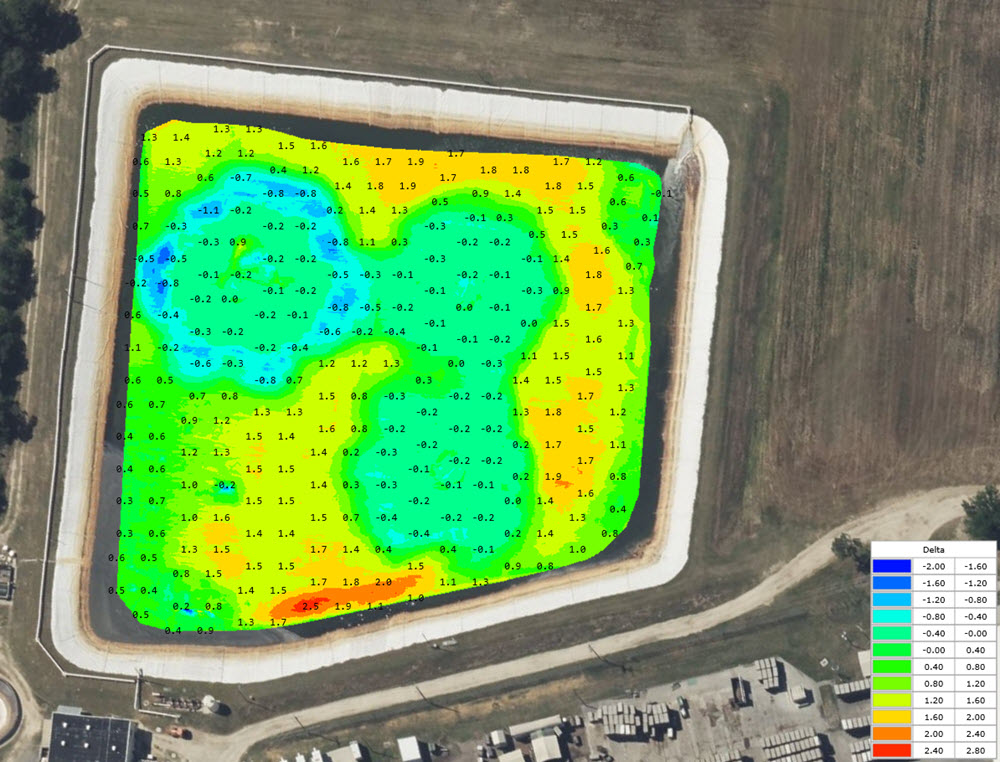
In order to quantify the change in sludge volume, Hydromagic is able to calculate the change in sludge volume both above and below the reference level (initial survey) across the overlapping survey area. This can then be used to calculate the net sludge accumulation. In the two-year period in this case, the second survey shows that 3736m3 of sludge has accumulated above the reference and 496m3 has been removed (or relocated) below it. So, the net volume of sludge accumulated is 3240m3.
